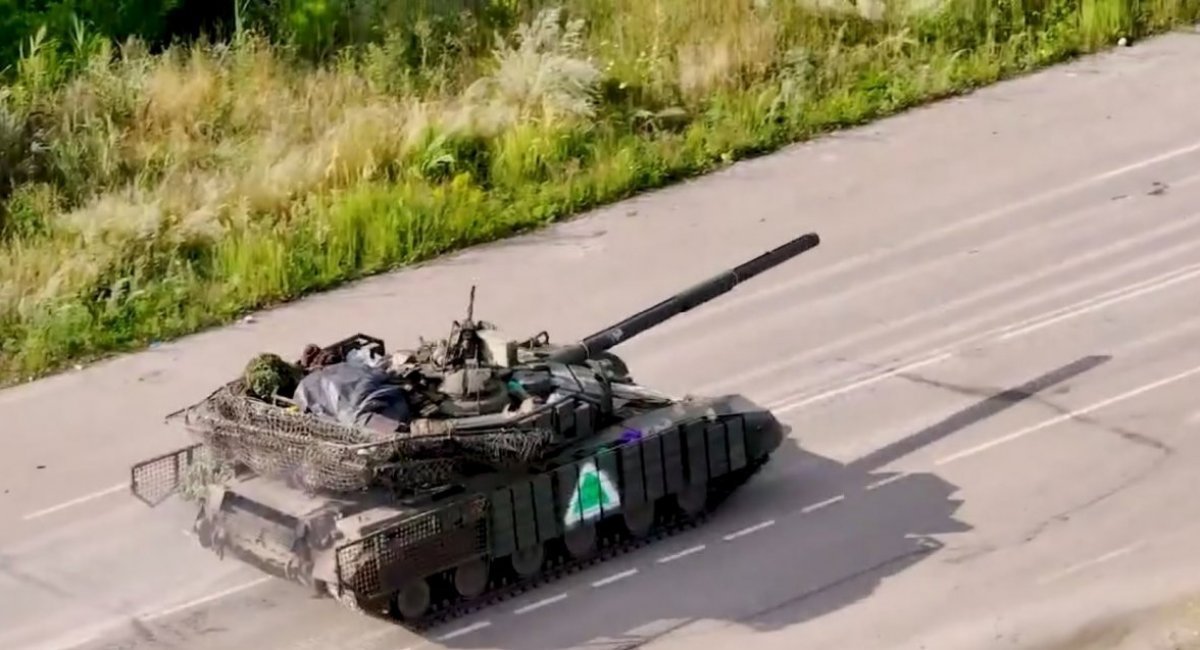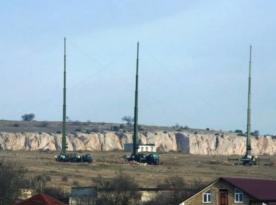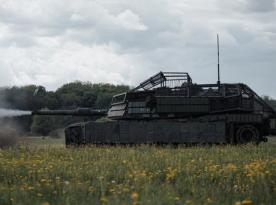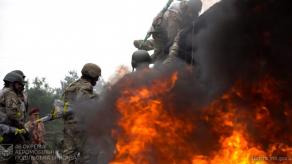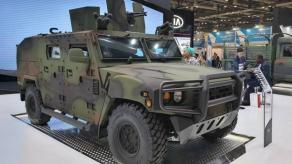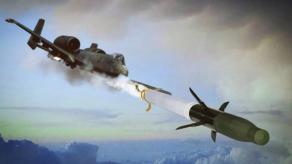The Ukrainian Defense Forces' operation in the Kursk Oblast naturally attracts attention from Western analysts, who are trying to provide their explanatory frameworks for these events.
Against this backdrop, attention is drawn to the material by analysts Adam Givens and Gian Gentile from the American think tank RAND, published on the American defense portal Defense One. They have chosen three historical parallels that are quite relevant to the current Ukrainian operation in the Kursk region, providing material for re-evaluation.
Read more: Officially: Ukrainian Forces Control Approximately 1,000 Square Kilometers in russia's Kursk Region – CinC Syrskyi
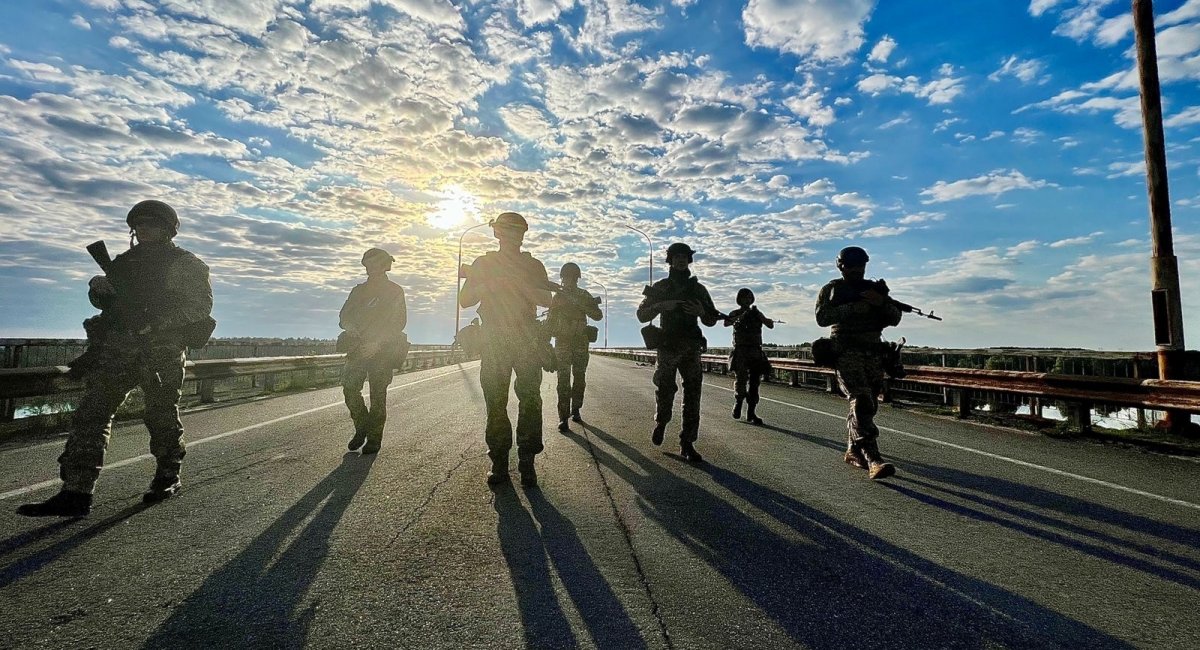
RAND analysts specified that they selected historical parallels to emphasize the main conclusion about the Ukrainian military operation in the Kursk region: it is crucial to seize the initiative in the war and maintain it through consistent and resolute actions.
In the fall of 1776, after suffering a major defeat at the Battle of Long Island, George Washington’s Continental Army could have retreated. Instead, Washington led a bold counterattack, crossing the frozen Delaware River to surprise and defeat two British outposts at Princeton and Trenton.
This victory not only disrupted British supply lines but also forced the British Army to retreat to New York, restoring morale and momentum for the Continental Army, which maintained this renewed confidence throughout the war.
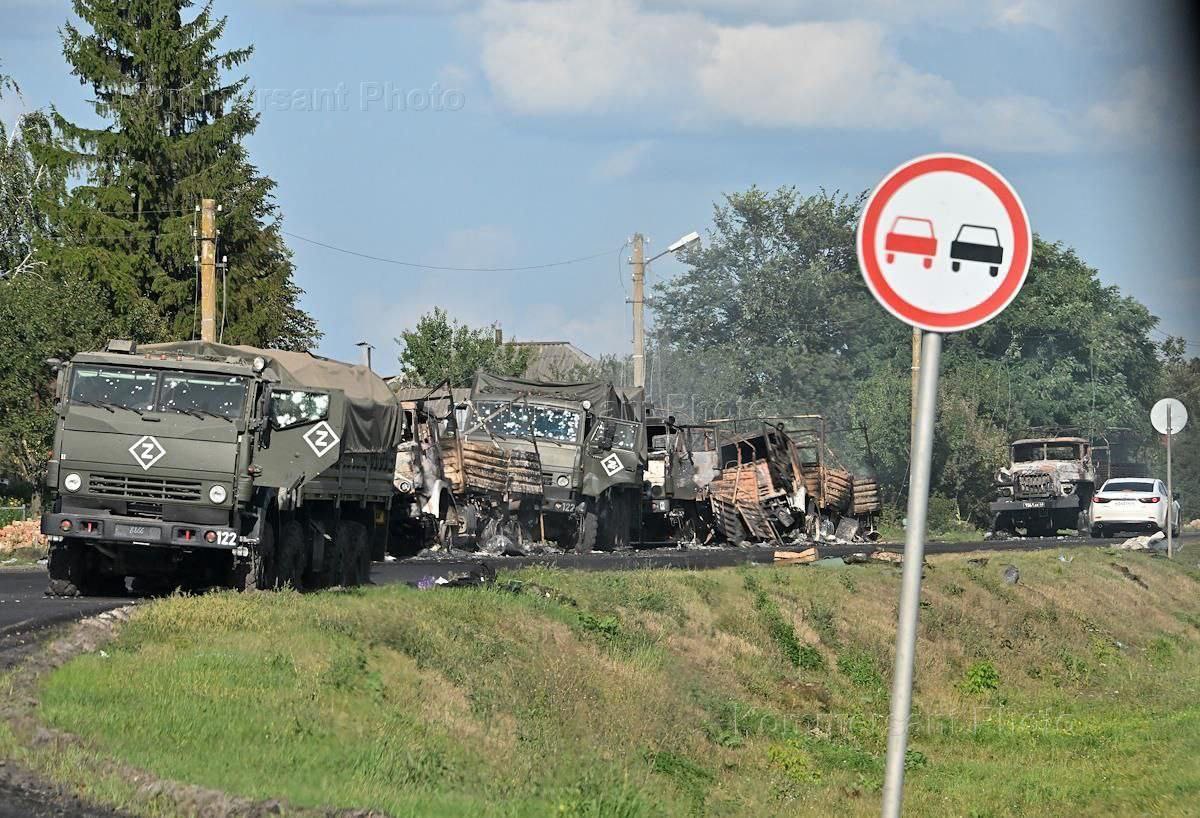
The second case is Gen. Douglas MacArthur’s amphibious landing at Inchon in September 1950. The landing succeeded despite initial skepticism about its risks and logistics.
The landing allowed U.S. and South Korean forces to quickly regroup, advancing west toward Seoul and south to Busan, eventually pushing North Korean forces back past the 38th parallel. However, MacArthur's disregard for intelligence warnings led to the intervention of Chinese forces, which eventually pushed UN troops back to the 38th Parallel, resulting in a stalemate by spring 1951.
For Ukraine, the lesson from MacArthur is: Don’t allow initial success from an audacious military action to generate unchecked confidence; don’t become so convinced of your proficiency that you disregard the capabilities and intentions of your enemy.
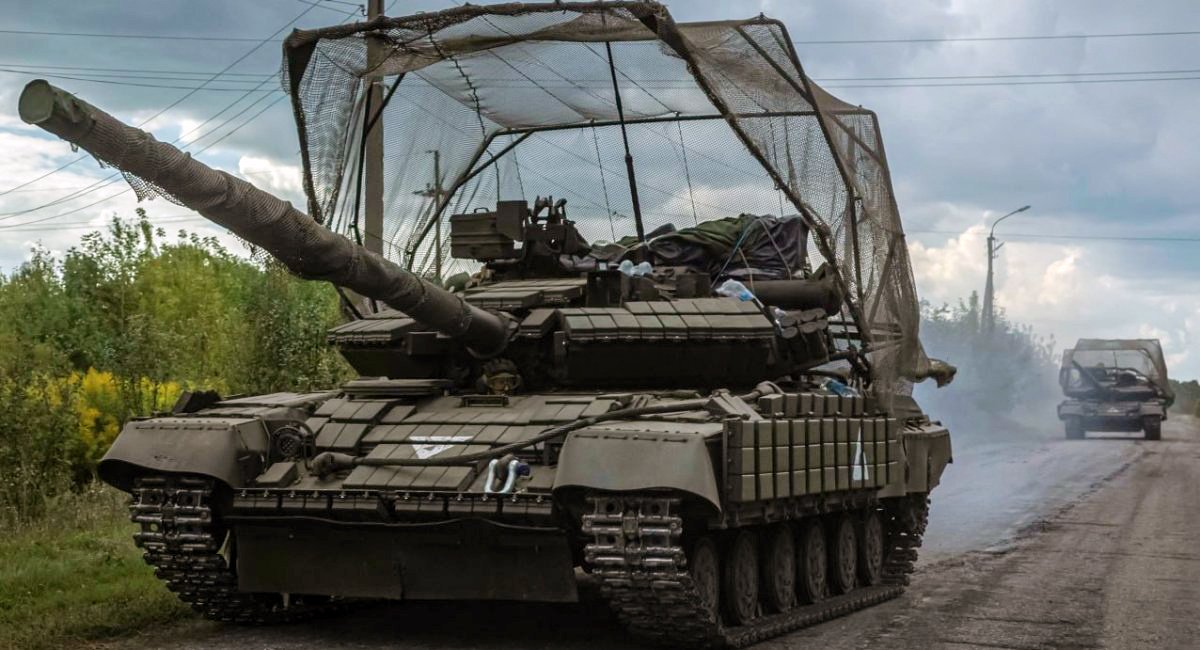
The third historical example mentioned by RAND analysts is the Wehrmacht's 1943 offensive on Kursk, which draws lessons from the German military's failures in that operation. There are essentially two key conclusions: the need for operational depth in military formations to build on initial offensive success, and that the motives of the parties on the battlefield "are not a factor to be disregarded."
Read more: Ukrainian Air Force Unveils Footage of Bridge Destruction in Kursk Region




